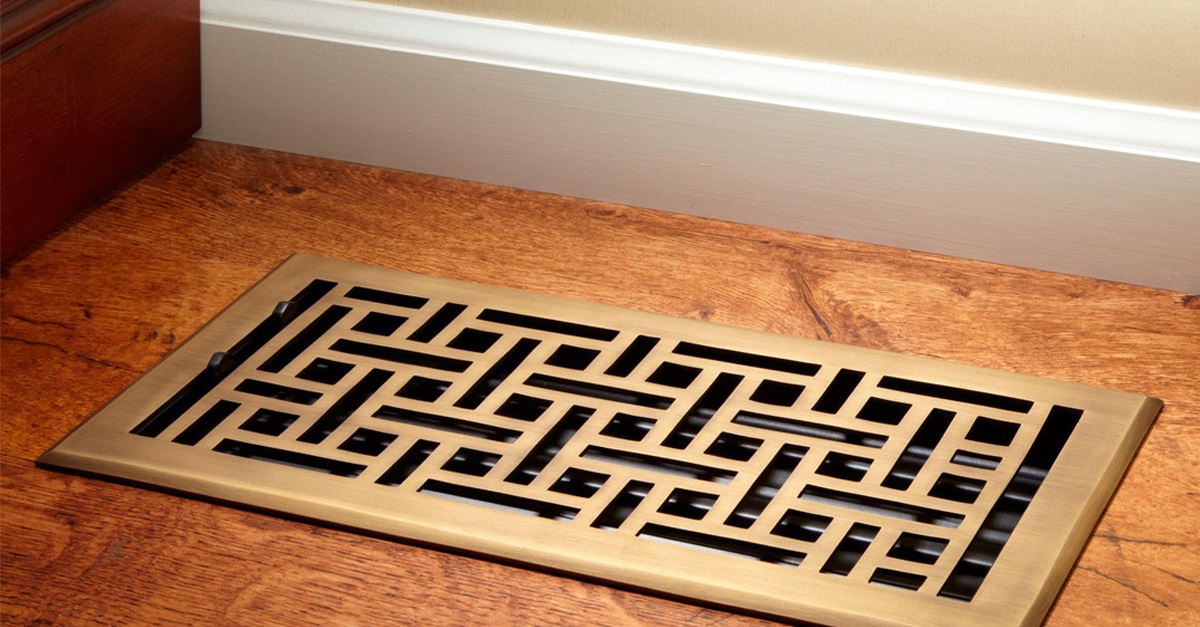

Articles
How To Secure Floor Vents
Modified: August 30, 2024
Discover effective strategies and articles on how to secure floor vents to enhance the safety and security of your home.
(Many of the links in this article redirect to a specific reviewed product. Your purchase of these products through affiliate links helps to generate commission for Storables.com, at no extra cost. Learn more)
Introduction
Welcome to our comprehensive guide on how to secure floor vents. Floor vents are an integral part of any HVAC system, allowing air to circulate and regulate the temperature in a room. However, if left unsecured, floor vents can pose potential hazards such as tripping hazards, air leaks, and even pest infiltration. In this article, we will explore the importance of securing floor vents and provide you with a step-by-step guide on how to do it effectively.
Whether you are a homeowner, a renter, or a property manager, ensuring that your floor vents are properly secured is essential for maintaining a safe and efficient living or working environment. Securing your floor vents can prevent accidents, improve energy efficiency, and enhance the overall aesthetics of your space.
Before we delve into the process of securing floor vents, it’s essential to gain a better understanding of the different types of floor vents you may encounter.
Key Takeaways:
- Securing floor vents is crucial for safety, energy efficiency, and indoor air quality. By following a simple step-by-step guide, you can prevent accidents, improve airflow, and minimize pest infiltration in your living or working space.
- Regular maintenance and cleaning of secured floor vents are essential for optimal functionality. By inspecting for damage, preventing obstructions, and considering professional maintenance, you can ensure efficient airflow and a healthy indoor environment.
Read more: How To Measure A Floor Vent
Understanding the Importance of Securing Floor Vents
Securing floor vents is not only important for aesthetic purposes but also for safety and efficiency reasons. Let’s explore the key reasons why it’s crucial to secure floor vents:
- Preventing accidents: Unsecured floor vents can pose a tripping hazard, especially in high-traffic areas. Loose or raised vents may cause individuals to stumble or even injure themselves. By securing floor vents properly, you can eliminate the risk of accidents and create a safer environment for everyone.
- Ensuring proper airflow: Floor vents are designed to distribute air effectively throughout a room. However, if they are not secured, air can escape through gaps or cracks, leading to decreased airflow and reduced energy efficiency. By properly securing floor vents, you can ensure that air is directed to the intended areas, optimizing the performance of your HVAC system.
- Preventing pest infiltration: Unsecured floor vents can serve as entry points for unwanted guests, such as insects or rodents. These pests can make their way into your living or working spaces through open vents, causing damage and potentially spreading diseases. Secure floor vents act as a barrier, preventing pests from accessing your property.
- Enhancing energy efficiency: When floor vents are not securely in place, air can escape from the ducts, leading to energy wastage. This can result in higher utility bills and a less environmentally-friendly home or workplace. By properly securing floor vents, you can ensure that conditioned air is directed to the desired areas, maximizing energy efficiency and reducing your carbon footprint.
- Improving indoor air quality: Securing floor vents helps prevent dust, debris, and other airborne particles from entering your living or working areas. This can significantly improve indoor air quality, making the space healthier and more comfortable for everyone.
As you can see, securing floor vents is crucial for various reasons, including safety, energy efficiency, and overall comfort. In the following sections, we will provide you with a step-by-step guide on how to secure your floor vents effectively.
Different Types of Floor Vents
Before you start securing your floor vents, it’s essential to identify the type of vents you have in your space. Understanding the different types will help you select the appropriate method for securing them. Here are some common types of floor vents:
- Metal Floor Vents: Metal floor vents are the most common type found in residential and commercial buildings. They are typically made of aluminum, brass, or steel and come in various styles and sizes. Metal vents are durable and heat-resistant, making them suitable for high-temperature areas like kitchens and bathrooms.
- Wooden Floor Vents: Wooden floor vents are commonly used in older homes or spaces with hardwood floors. They add a touch of warmth and elegance to the room. Wooden vents can be stained or painted to match the flooring, providing a seamless and aesthetically pleasing finish.
- Plastic Floor Vents: Plastic floor vents are a more affordable option and are often used in new construction or budget renovations. They are lightweight and easy to install, but they may not be as durable as metal or wooden vents.
- Adjustable Floor Vents: Adjustable floor vents, also known as directional vents, allow you to control the direction and volume of airflow. These vents have louvers or slats that can be adjusted to direct the air where it is needed most. They are commonly used in rooms with varying temperature requirements or where the direction of airflow needs to be controlled.
- Decorative Floor Vents: For those who want to add a unique touch to their space, decorative floor vents are a popular choice. These vents come in various designs and patterns, allowing you to incorporate them into your overall interior design scheme.
It’s important to note that securing floor vents may vary depending on the type you have. For example, metal vents may require different securing methods than wooden or plastic vents. Understanding the specific type of floor vents you have will help you in the next steps of securing them effectively.
Potential Hazards Associated with Unsecured Floor Vents
Leaving floor vents unsecured can bring about various hazards that can affect the safety, efficiency, and comfort of your living or working space. Here are some potential hazards associated with unsecured floor vents:
- Tripping and Falling: When floor vents are not properly secured, they can become loose or raised, creating a tripping hazard for anyone walking in the area. This is especially dangerous for children, the elderly, or individuals with mobility issues.
- Damage to Flooring: Unsecured floor vents that are not flush with the surrounding flooring can cause damage over time. The edges of the vent can scratch or chip the flooring material, leading to costly repairs or replacements.
- Inefficient Air Distribution: If floor vents are not securely in place, air can leak out through gaps or cracks around the edges. This can result in uneven airflow and reduced efficiency of your HVAC system, ultimately leading to increased energy consumption and higher utility bills.
- Pest Infiltration: Open or unsecured floor vents can serve as entry points for pests such as insects or rodents. These unwanted visitors can not only cause damage to your property but also pose health risks to occupants.
- Poor Indoor Air Quality: Unsecured floor vents can allow dust, debris, and other airborne particles to enter your living or working spaces. This can lead to poor indoor air quality and potentially cause respiratory issues, allergies, or other health concerns.
It is evident that unsecured floor vents can create a range of hazards that can affect both the structural integrity of your space and the health and safety of its occupants. To mitigate these risks, it is crucial to take the necessary steps to secure your floor vents properly. In the next section, we will provide you with a step-by-step guide on how to do so.
Consider installing vent covers with adjustable slats to control airflow and prevent objects from falling into the vents. This will help secure your floor vents while still allowing for proper ventilation.
Step-by-Step Guide to Securing Floor Vents
Securing floor vents is a relatively simple process that you can do yourself with a few basic tools. Follow this step-by-step guide to properly secure your floor vents:
- Prepare the area: Start by clearing the area around the floor vent. Remove any furniture, rugs, or debris that may hinder your access to the vent.
- Inspect the vent: Carefully examine the floor vent to identify any damage or loose components. Check for cracks, broken louvers, or gaps between the vent and the floor.
- Tighten screws or fasteners: If the vent is held in place with screws or fasteners, use a screwdriver or appropriate tool to tighten them securely. Ensure that the vent sits flush with the floor.
- Apply adhesive: For vents that don’t have screws or fasteners, you can use a strong adhesive like construction adhesive or epoxy glue. Apply a thin layer of adhesive along the edges of the vent and press it firmly onto the floor. Wipe off any excess adhesive that may seep out.
- Replace damaged vents: If you come across a damaged floor vent that cannot be secured, such as one with broken louvers or significant cracks, it may be necessary to replace it altogether. Purchase a replacement vent that matches the size and style of your existing vents and follow the manufacturer’s instructions for installation.
- Allow adhesive to dry: If you used adhesive to secure the vent, allow sufficient time for it to dry completely before walking on or placing any objects on the vent. Follow the recommended drying time provided by the adhesive manufacturer.
- Test the secured vent: Once the adhesive has dried or screws have been tightened, test the secured vent by gently applying pressure to ensure it remains in place. If there are no signs of movement or gaps, then you have successfully secured your floor vent.
- Repeat the process for other vents: Repeat the above steps for each floor vent in the area, ensuring that all vents are properly secured.
By following these steps, you can effectively secure your floor vents and minimize the potential hazards associated with unsecured vents. Remember, the specific method might vary depending on the type of vents you have, so always refer to the manufacturer’s instructions or seek professional help if needed.
Read more: How To Clean Floor Vents In Home
Tools and Materials Needed for Securing Floor Vents
Securing floor vents requires a few basic tools and materials. Ensure you have the following items on hand before you start the process:
- Screwdriver: A screwdriver is necessary if your floor vents are held in place with screws. Make sure you have the appropriate size and type of screwdriver for the screws used.
- Adhesive: If your floor vents do not have screws or fasteners, you will need a strong adhesive to secure them. Construction adhesive or epoxy glue are suitable options. Choose an adhesive that is compatible with the materials of your floor vent and can provide a strong bond.
- Caulk gun: A caulk gun is needed if you are using adhesive in a tube form. It allows for controlled and precise application of the adhesive.
- Cleaner: Before securing the floor vents, it’s important to clean the area around the vents. Use a mild cleaner, such as soapy water, to remove any dust, debris, or residue from the floor and vent surfaces.
- Towels or rags: Have towels or rags handy to wipe off any excess adhesive or cleaner.
- Replacement vents (if necessary): If you come across damaged or irreparable vents during inspection, you may need to purchase replacement vents. Make sure to choose vents that match the size and style of your existing ones.
- Protective gear: It’s always a good idea to wear protective gloves and safety glasses when handling adhesives or working with tools to ensure your safety.
Having these tools and materials readily available will streamline the process of securing your floor vents. It’s important to note that the specific tools and materials required may vary depending on the type of floor vents you have and the method of securing them. Always read and follow the manufacturer’s instructions for any adhesives or replacement vents you use.
Tips for Maintaining and Cleaning Secured Floor Vents
Once you have successfully secured your floor vents, it’s important to stay proactive in their maintenance and cleaning. Proper maintenance ensures that your vents continue to function efficiently and remain in good condition. Here are some helpful tips:
- Regular cleaning: Dust and debris can accumulate on floor vents over time, reducing airflow and compromising air quality. Regularly clean your floor vents by removing the vent cover and using a vacuum cleaner or a soft brush to remove any dirt or debris. If necessary, use a damp cloth to wipe down the vent and remove stubborn grime.
- Avoid using harsh chemicals: When cleaning your floor vents, avoid using harsh chemicals or abrasive cleaners, as they can damage the vent’s finish or cause discoloration. Stick to mild cleaners or a mixture of gentle soap and water.
- Inspect for damage: Regularly inspect your secured floor vents for any signs of damage or wear and tear. Look for cracks, loose parts, or gaps between the vent and the floor. If you notice any issues, address them promptly to prevent further damage or potential hazards.
- Prevent obstructions: Ensure that your floor vents are not obstructed by furniture, rugs, or other items. Blocked vents can impede airflow and put strain on your HVAC system. Arrange your furniture in a way that allows for proper air circulation and avoids placing heavy objects directly on top of the vents.
- Monitor your HVAC system: Keep an eye on your HVAC system and listen for any unusual noises or reduced airflow. If you notice any issues, such as decreased cooling or heating performance, it may indicate a problem with your vents. Have a professional inspect and service your system regularly to ensure its optimal operation.
- Consider professional maintenance: If you’re unsure about maintaining or cleaning your floor vents yourself, or if you have a complex HVAC system, it’s wise to hire a professional for routine maintenance. They can thoroughly clean and inspect your vents and address any potential issues.
- Protect the surrounding flooring: While securing and maintaining your floor vents, take care to protect the surrounding flooring. When using adhesives, avoid getting any excess adhesive on the floor. Place a protective barrier, such as a towel or a piece of cardboard, between the vent and the floor to prevent damage during cleaning or maintenance.
Following these tips will help ensure that your floor vents remain in excellent condition, allowing for efficient airflow and maintaining a healthy indoor environment. By taking a proactive approach to maintenance and cleaning, you can extend the lifespan of your floor vents and minimize the need for repairs or replacements.
Conclusion
Securing floor vents is essential for maintaining a safe, efficient, and comfortable living or working environment. By taking the time to properly secure your floor vents, you can prevent potential hazards such as tripping, improve energy efficiency, prevent pest infiltration, and enhance indoor air quality. Following the step-by-step guide provided in this article, you can easily secure your floor vents with basic tools and materials.
Understanding the different types of floor vents and their specific securing methods is crucial for ensuring a successful outcome. Metal, wooden, plastic, adjustable, and decorative floor vents each require different approaches when it comes to securing them.
Regular maintenance and cleaning are key to keeping your secured floor vents in optimal condition. Removing dust and debris and monitoring for any damage will help maintain efficient airflow and prevent any issues from arising. Considering professional maintenance for complex HVAC systems is a wise choice.
By securing your floor vents, you not only enhance the safety and functionality of your space but also contribute to energy efficiency and improved indoor air quality. Taking care of your floor vents is part of overall home maintenance and will enhance the overall aesthetics of your living or working space.
Remember, always refer to the manufacturer’s instructions for securing and maintaining your specific type of floor vents. If you encounter any issues or are unsure about securing or cleaning your vents, don’t hesitate to seek professional assistance.
Securing your floor vents is a small but important step towards creating a more comfortable and healthier environment in your home or workplace, ensuring that the airflow is optimized and hazards are eliminated. Take action today and enjoy the benefits of secured and properly functioning floor vents.
Frequently Asked Questions about How To Secure Floor Vents
Was this page helpful?
At Storables.com, we guarantee accurate and reliable information. Our content, validated by Expert Board Contributors, is crafted following stringent Editorial Policies. We're committed to providing you with well-researched, expert-backed insights for all your informational needs.
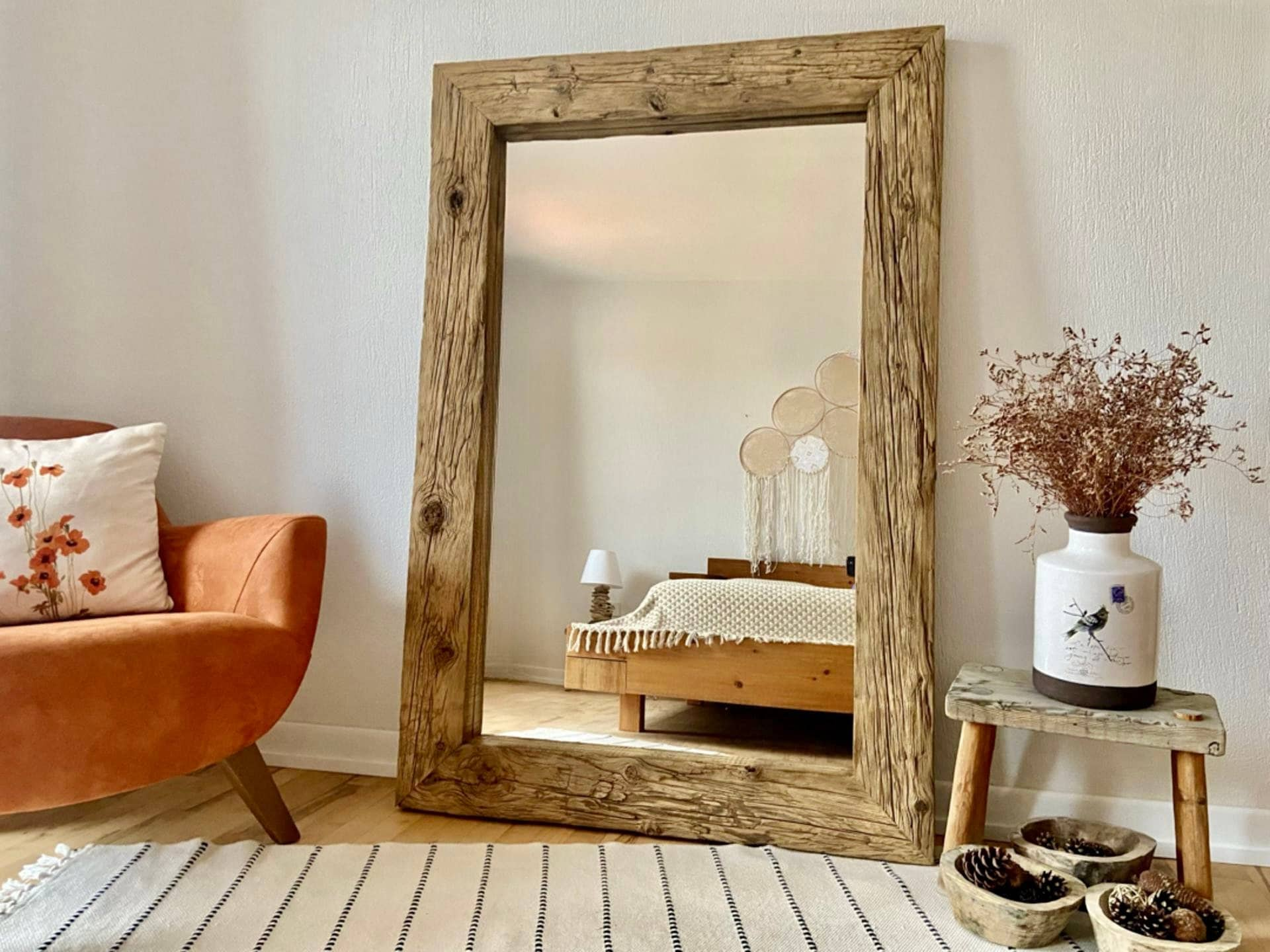
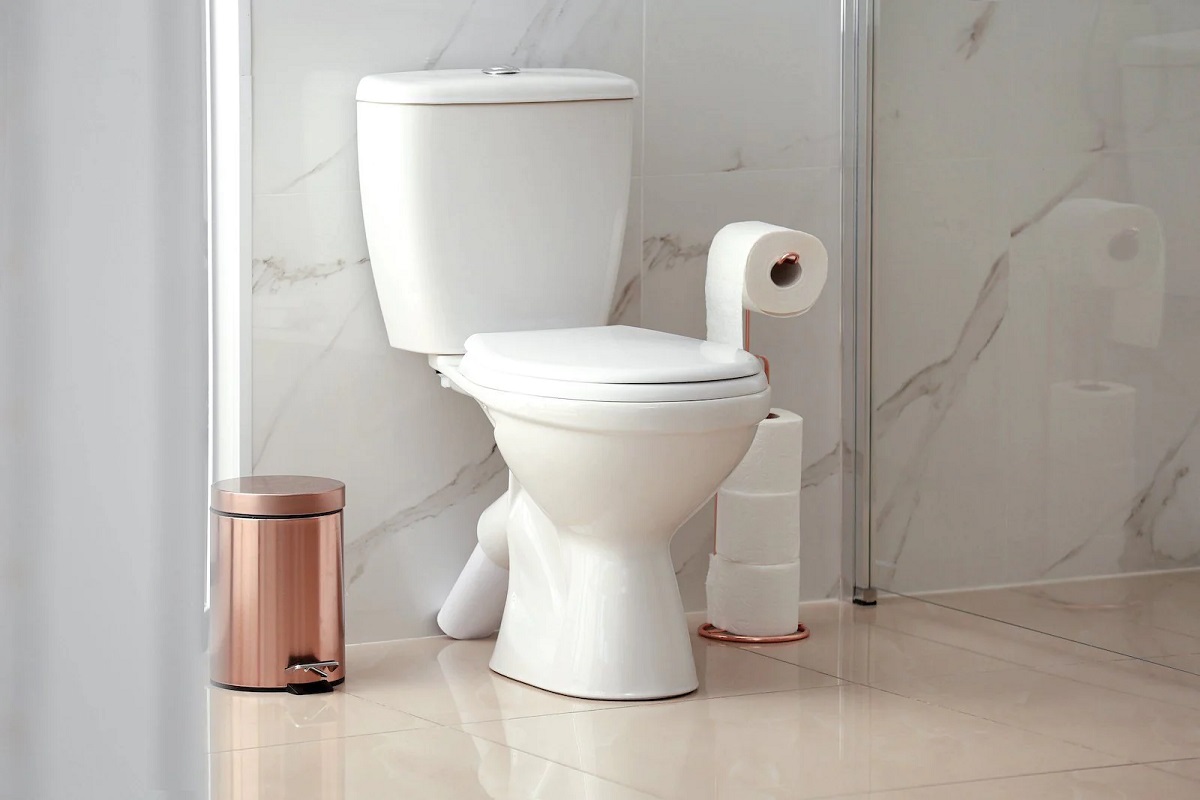
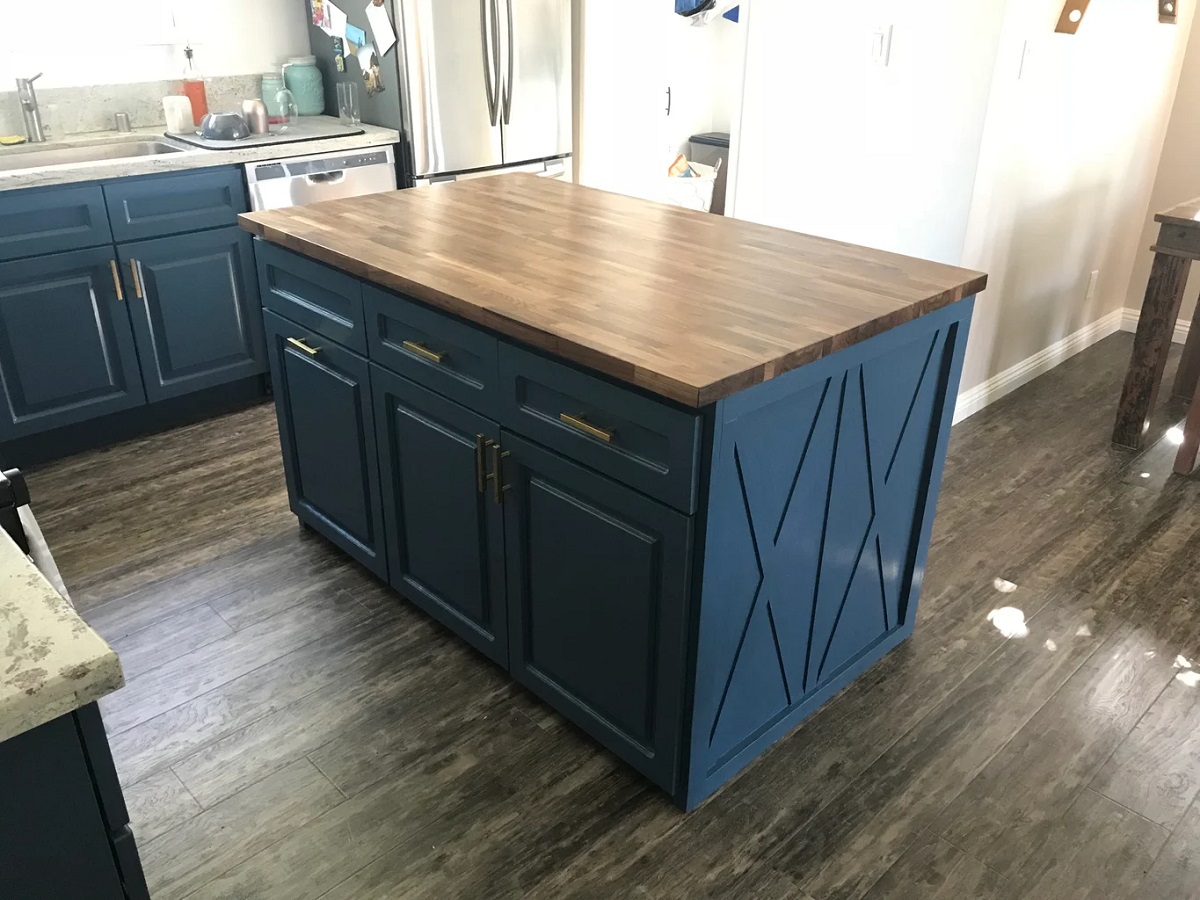
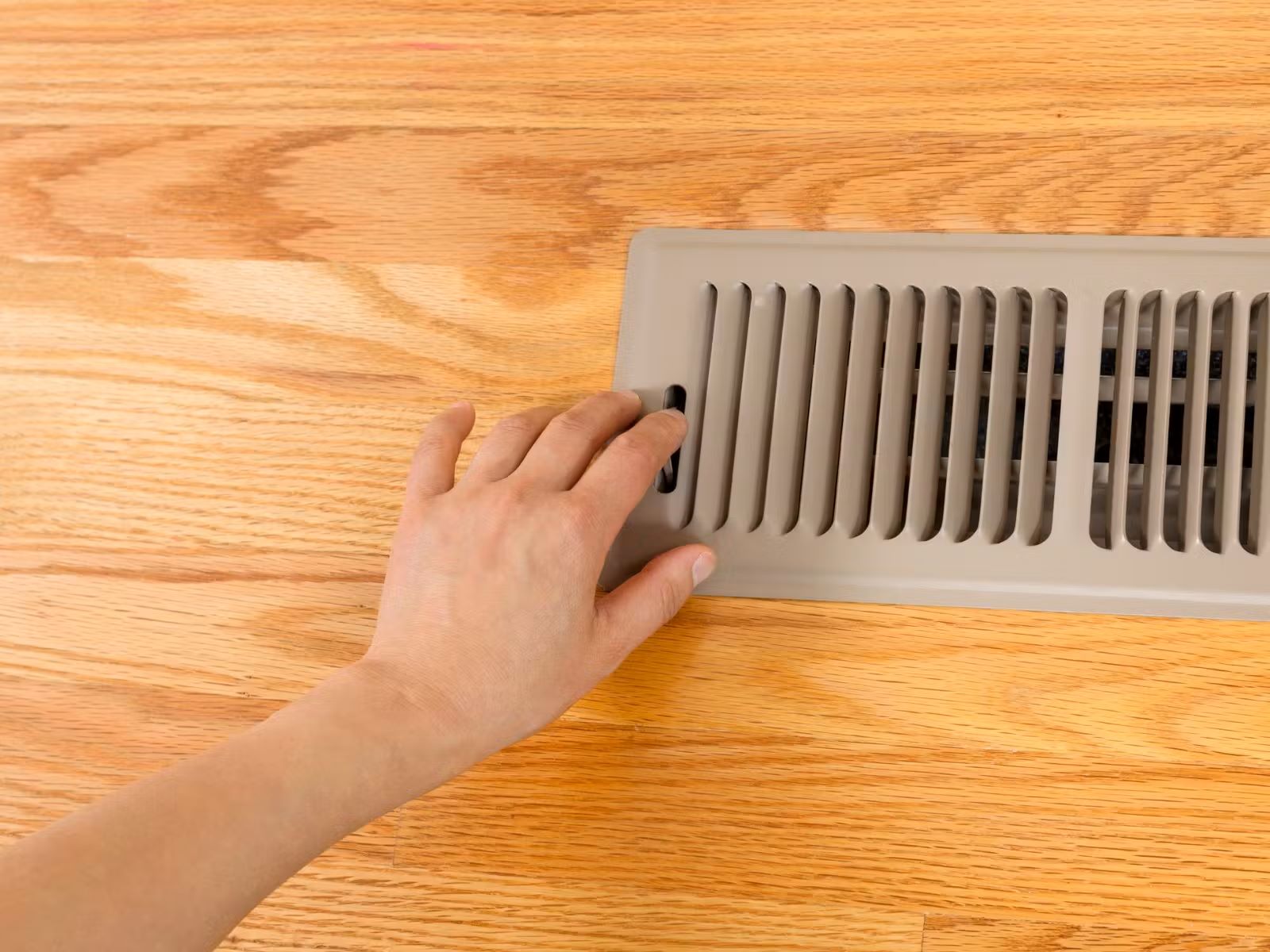
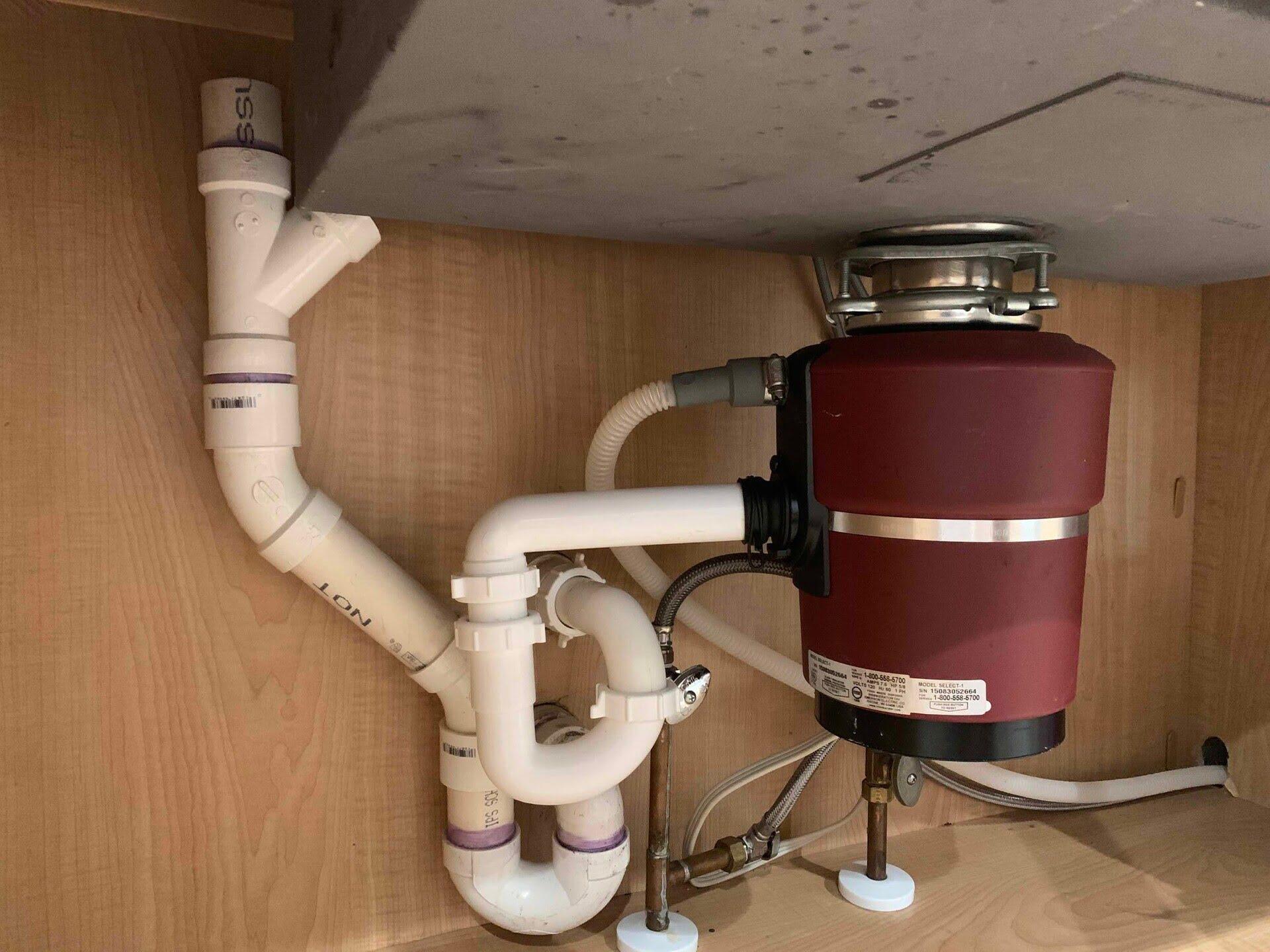
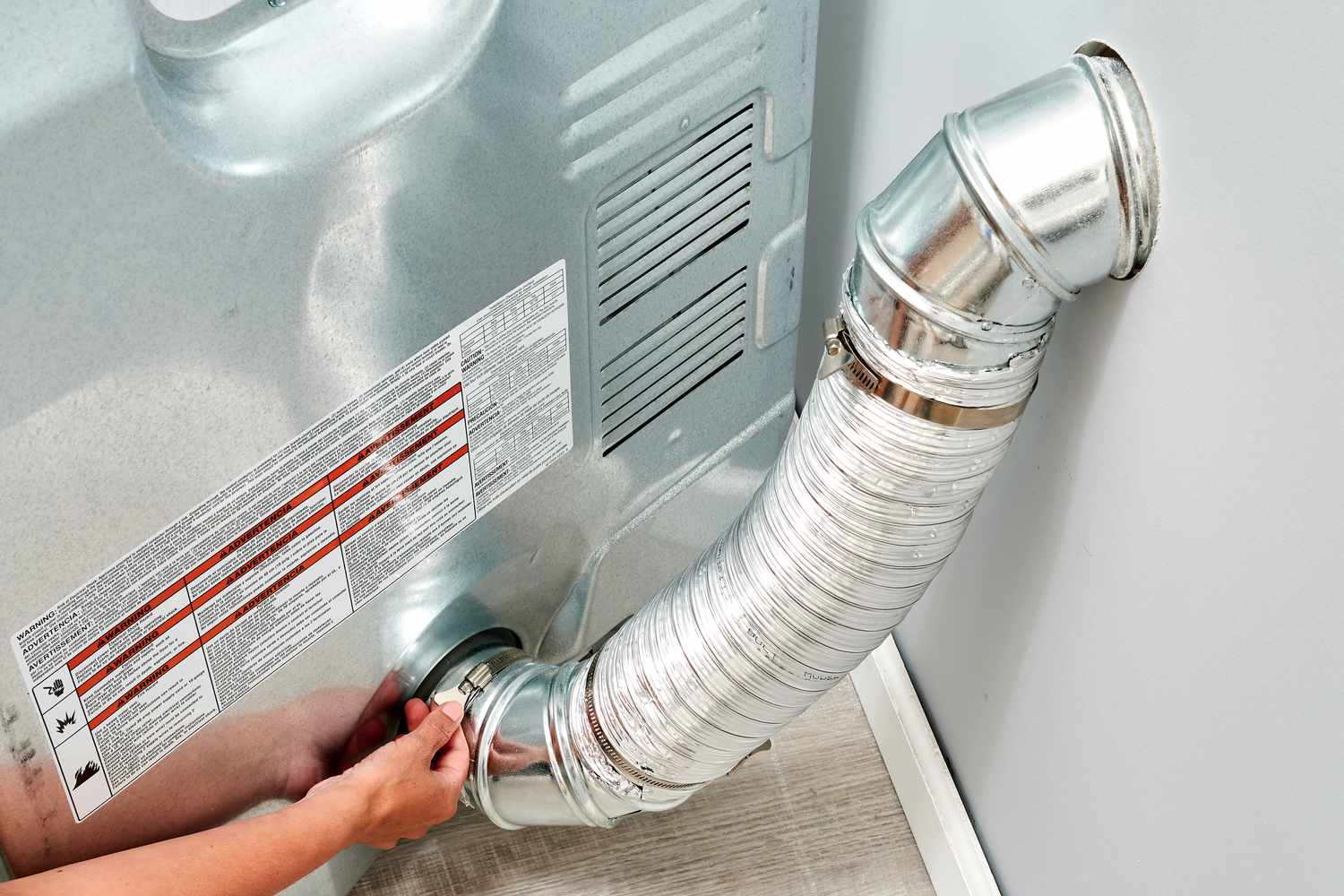
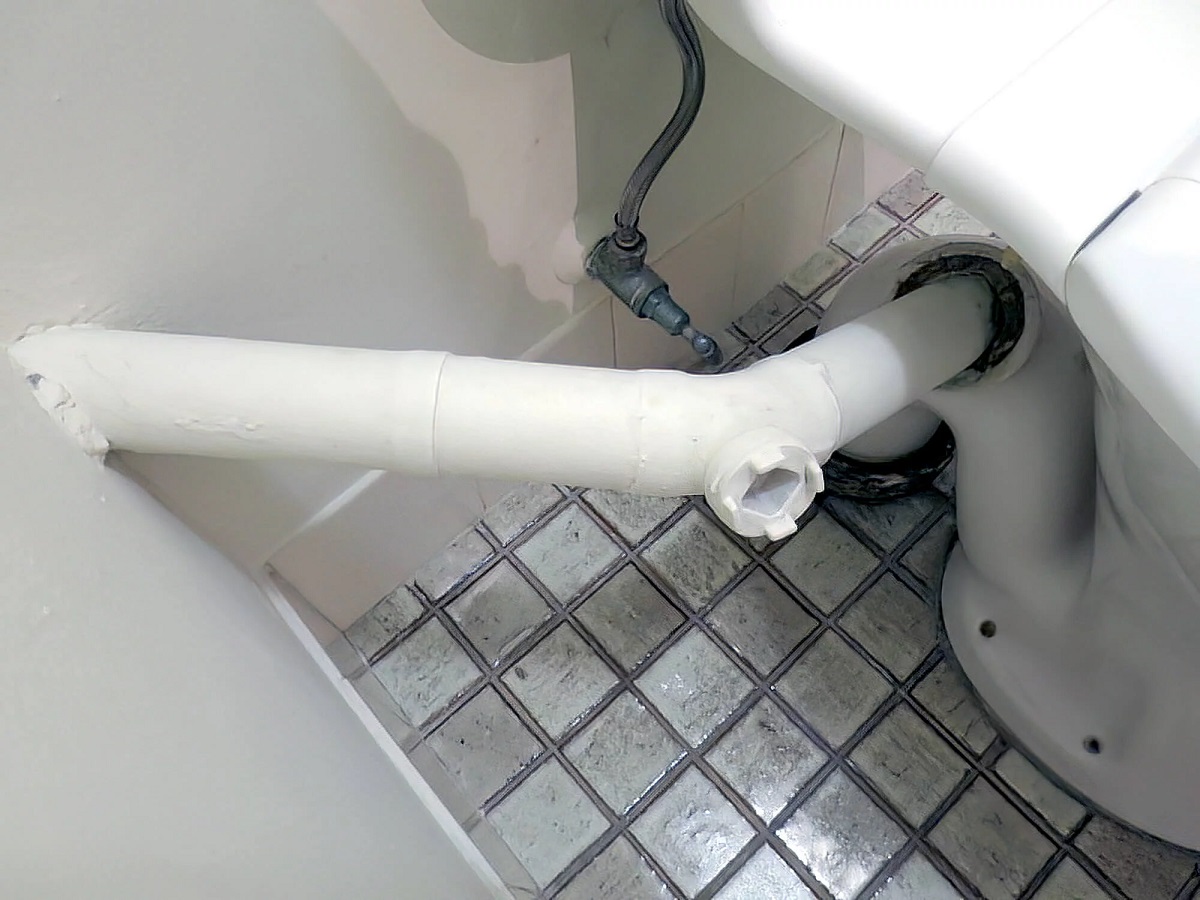
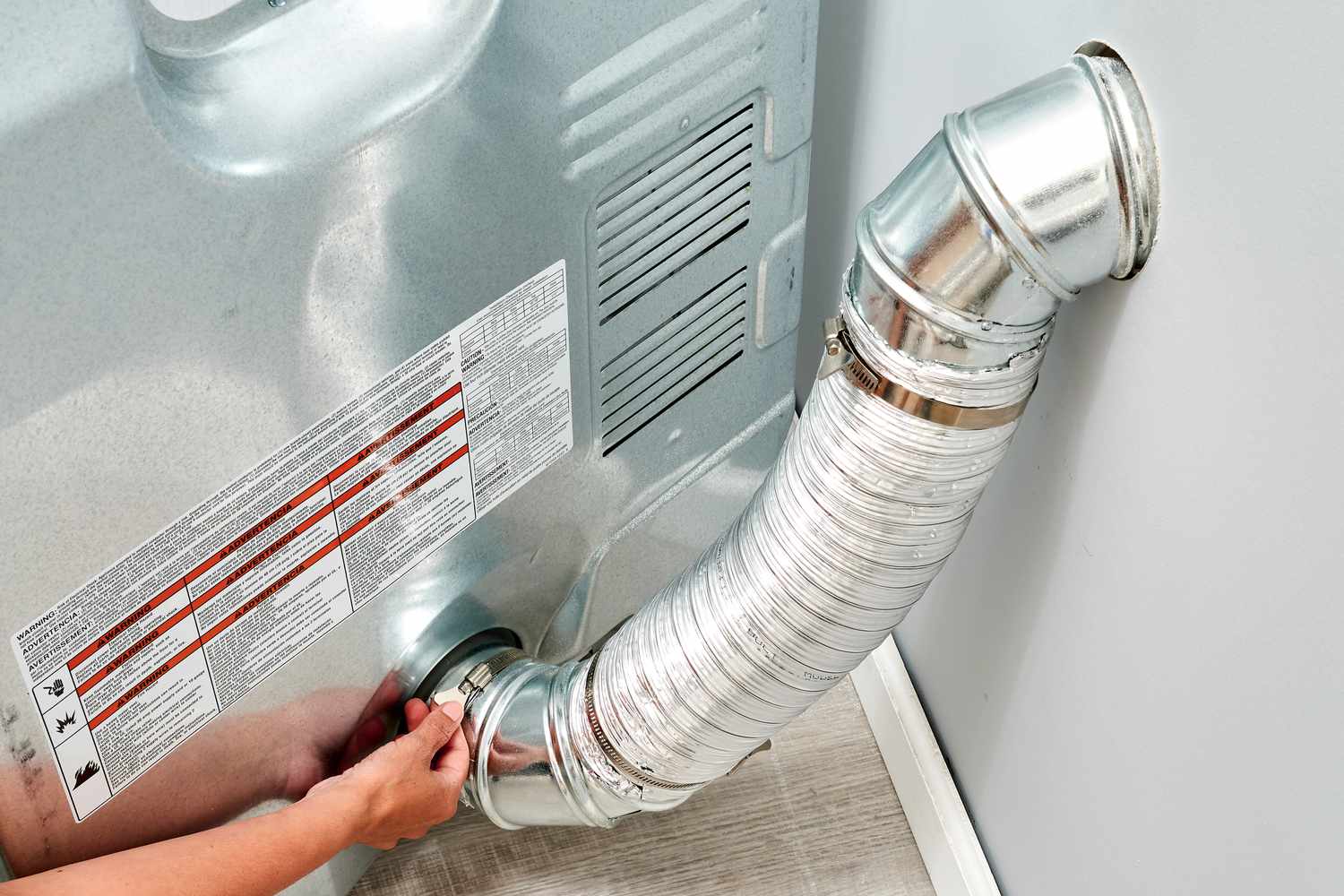
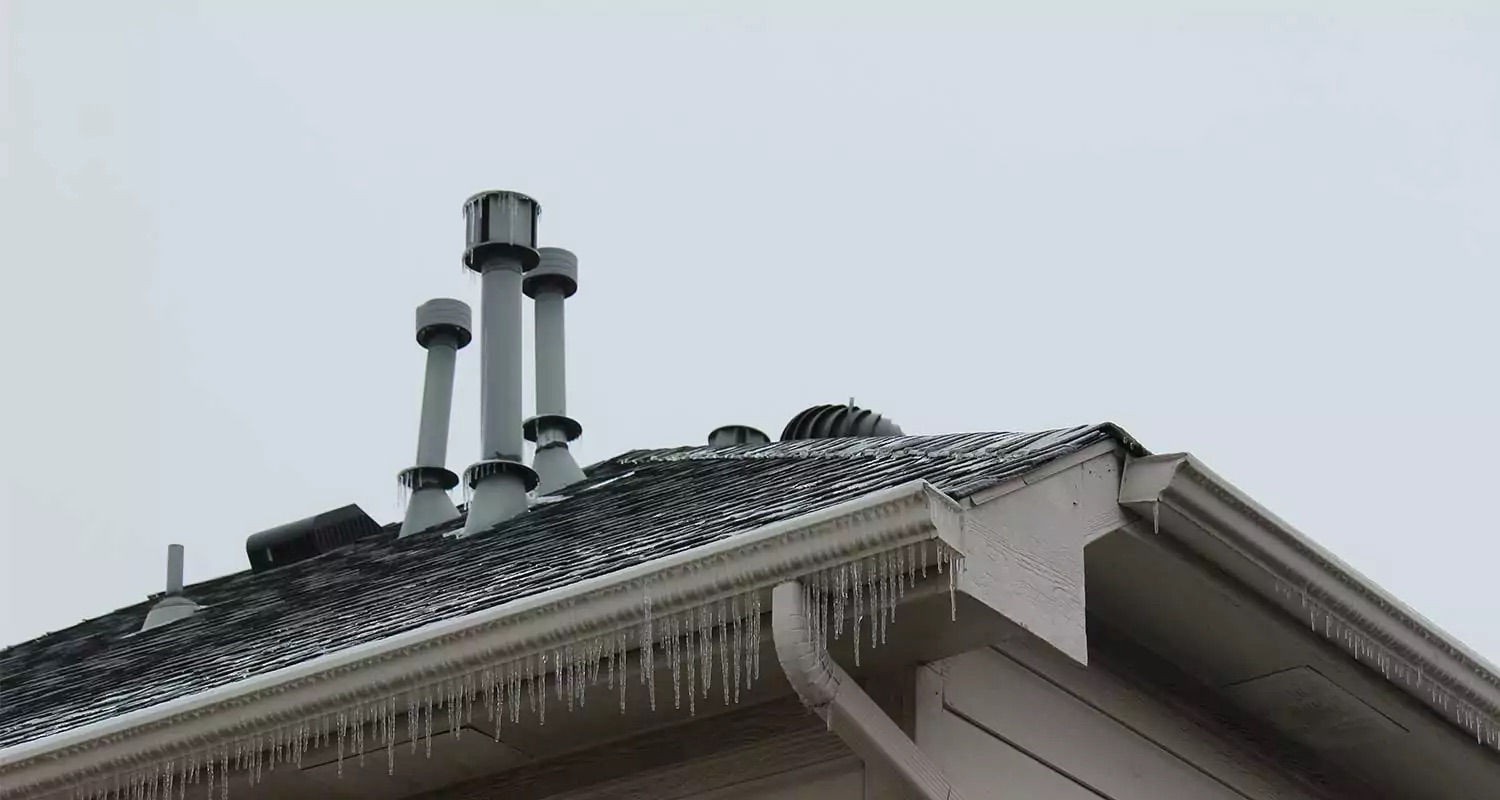
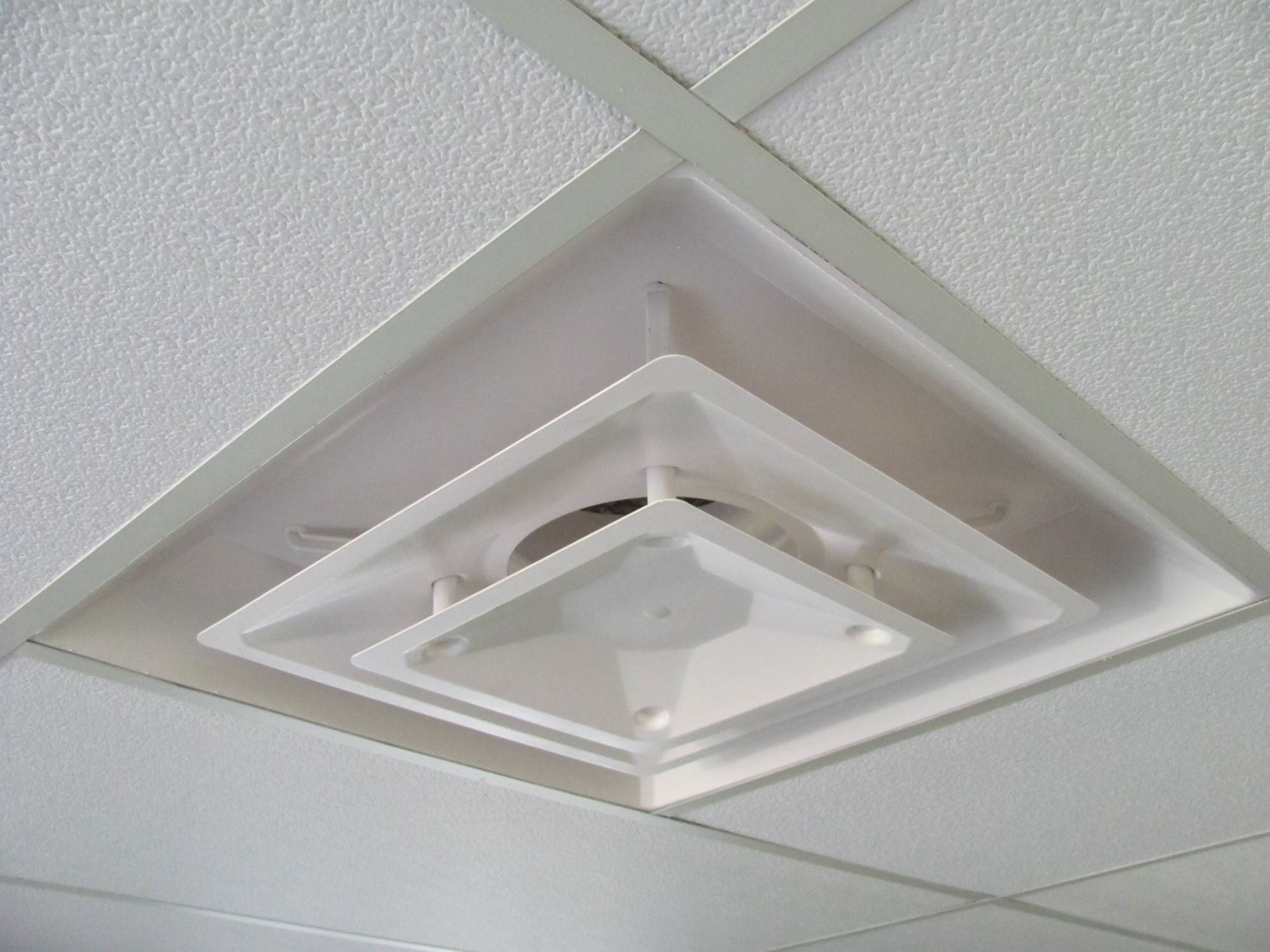
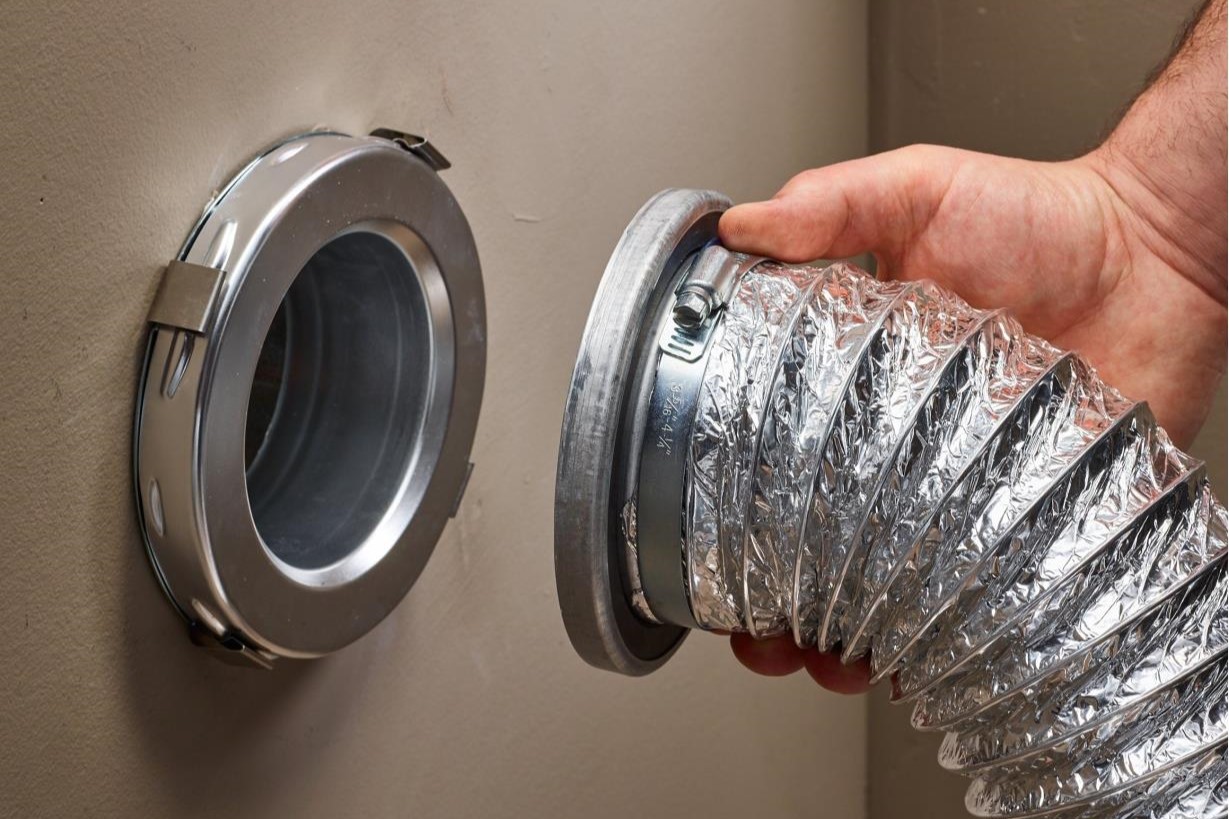
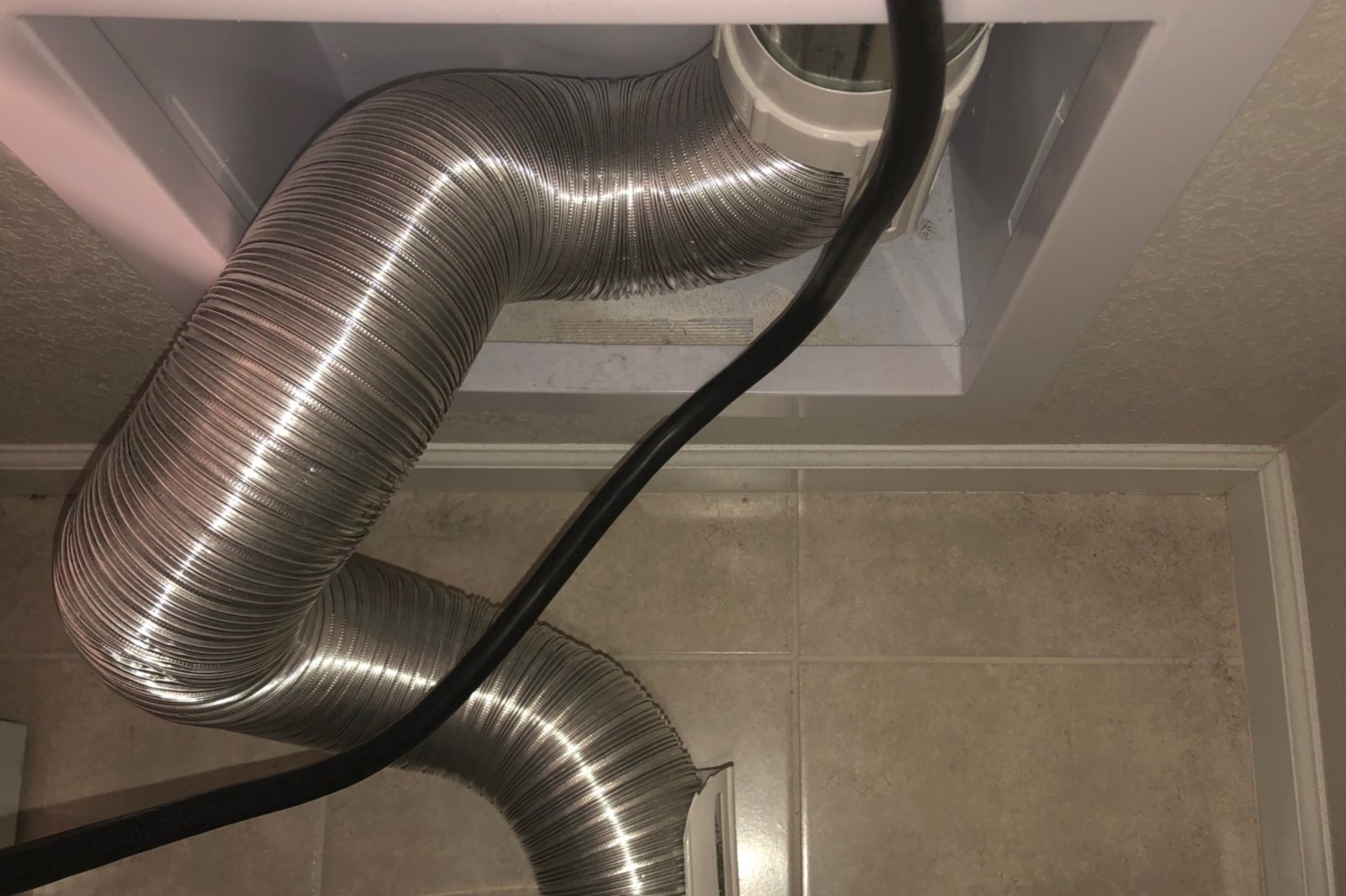
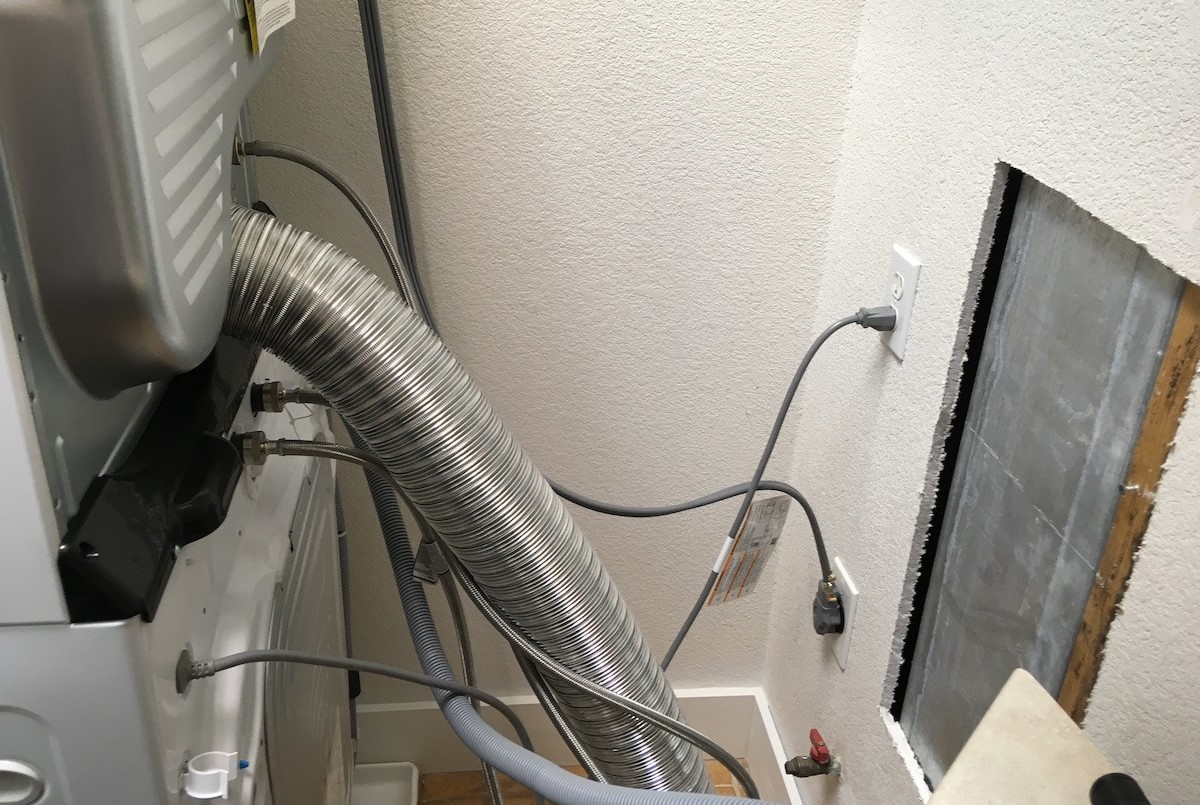
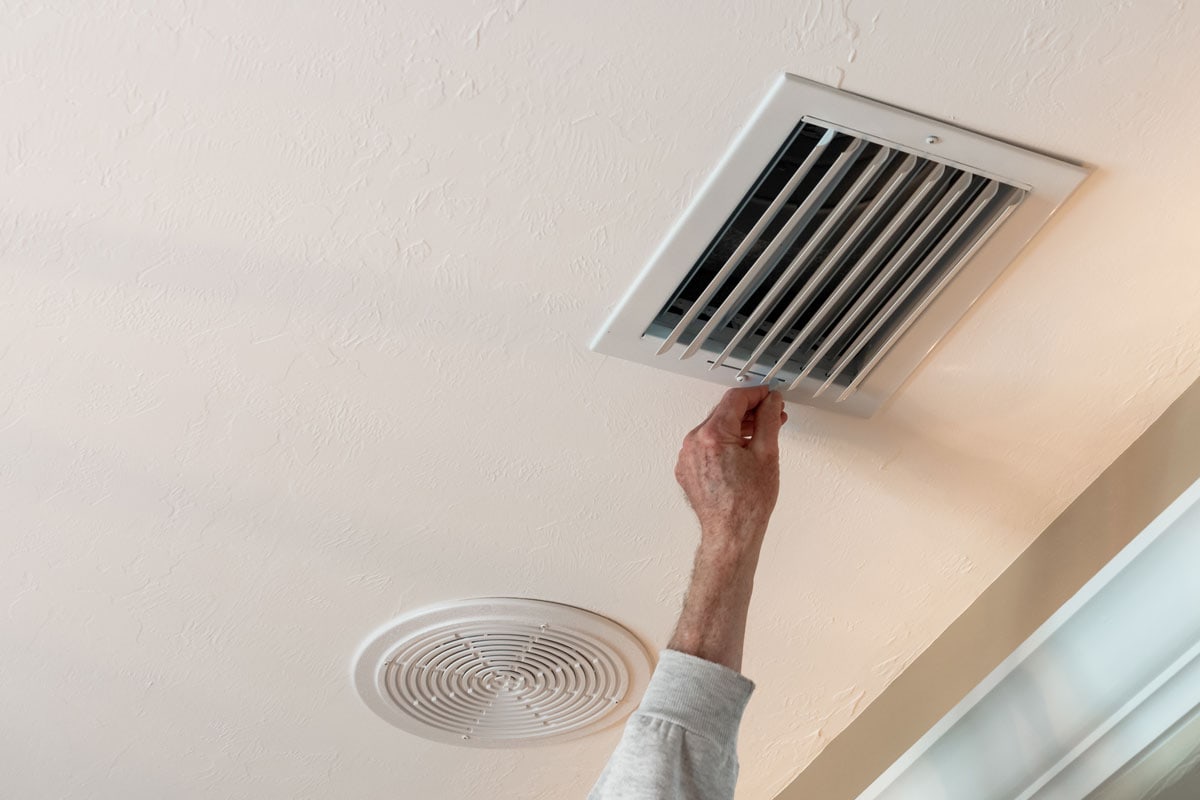

0 thoughts on “How To Secure Floor Vents”